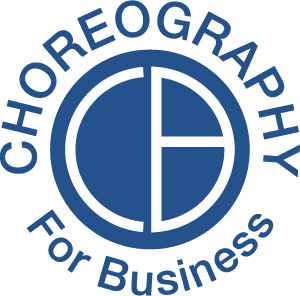Communicating in the Age of Face Masks
“I can’t tell what anyone is feeling/saying/thinking” is a common statement I have heard now that wearing face masks in public spaces is a new normal in over fifty countries. As our economies and businesses open up and particularly for people facing businesses like restaurants, we are increasingly having to figure out more effective ways to get our messages across with masks on.
There is no denying that our mouths play an important role when it comes to communicating. From the verbal words we express, to a wide variety of smiles, our mouths are the unique part of our body that expresses both verbal and nonverbal cues.
However, even with this under account, our mouths are far from the only, or even the primary, factor in nonverbal communication.
When it comes to effective communication, I spend a lot of time speaking with people about posture, foot placement, arm and hand gestures and expressive eyes. When it comes to decoding people’s nonverbals, I also spend most of the time getting clients to take in more than one isolated nonverbal cue.
As mentioned by Sandy Ong in an article on the subject, “Under normal circumstances, facial expressions form part of a coordinated package of cues – including hand gestures, body language, words, pitch and tone (…) – acting together in a congruous way to convey message and intent.”
So how can you tell what someone is feeling/thinking/saying without seeing their mouths?
Take in their full nonverbal landscape. For example, is their full body turned towards you? Are they making relaxed eye contact and was that an eyebrow flash you just noticed? How is their posture? Is it open and are their shoulders relaxed? Are their palms open and upwards or towards you in a signal of openness and genuine honesty?
These cues signal positive and welcoming intent.
If you notice rigid shoulders, curled fists and squinted, unblinking eye contact, these are generally signs of aggression.
Notice how expressions of the mouth were not needed in these readings.
Our bodies are full of expressive elements. Instead of grieving the inability to see mouths moving in public, focus instead on the full picture – and perhaps most importantly, make sure you do your part by using your full expressive range to communicate your intent as well.
Involve your posture, your arms and hands, your eyes and eyebrows, and of course, your tone/pitch and overall vocal cadence when speaking. If you are curious to learn more about these coordinated cues, email me!

